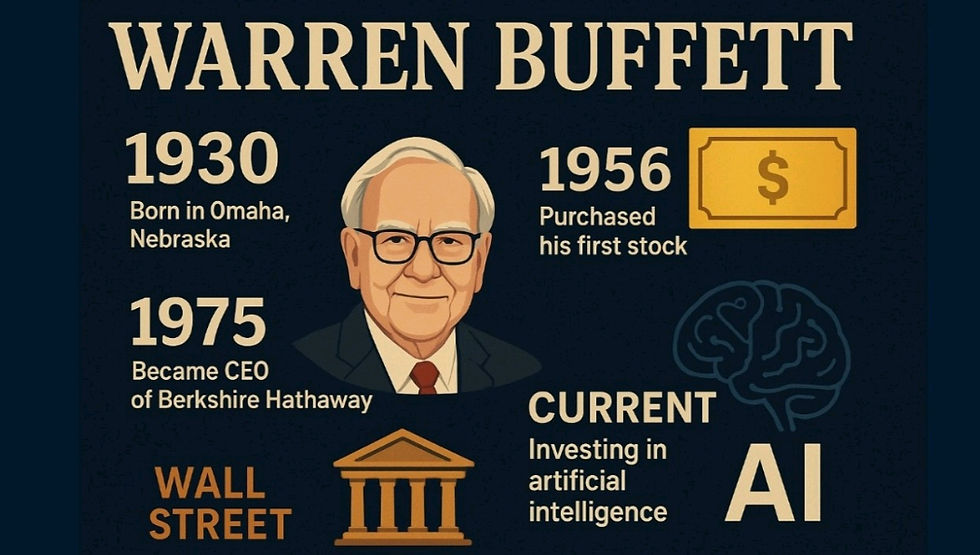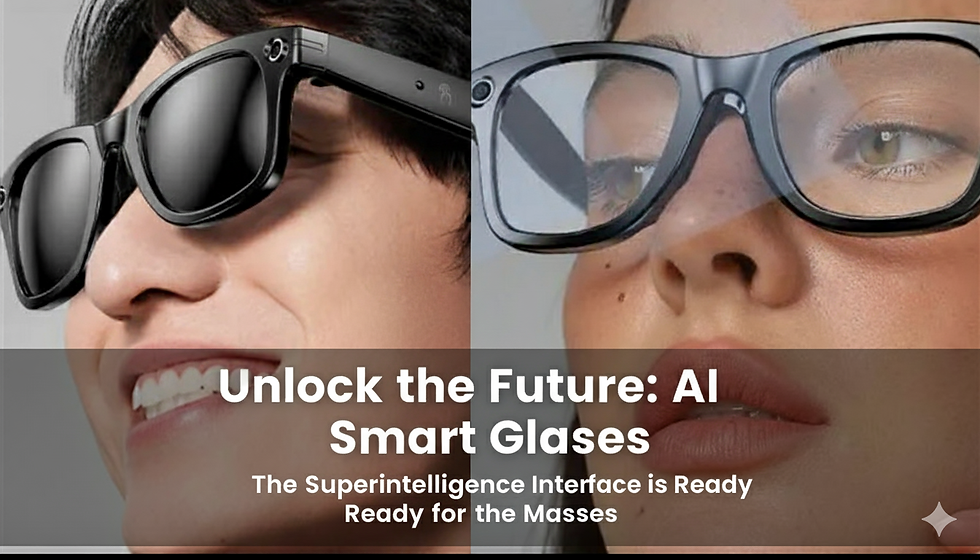How User-Centric Design Drives Great Products
- Saygin Celen
- Apr 17
- 4 min read
Creating products that resonate with users is essential for any business. User-centric design is the approach that focuses on the needs, preferences, and limitations of end-users. By prioritizing user experience, companies can ensure their products not only meet market demands but also stand out in a competitive landscape. This blog post will explore how user-centric design drives great products and the strategies that can be implemented to achieve it.
Understanding User-Centric Design
User-centric design is a philosophy that emphasizes placing the user at the forefront of the design process. This approach involves understanding user behaviors, preferences, and pain points. By doing so, designers can create products that are not only functional but also delightful to use.
Effective user-centric design can lead to higher customer satisfaction, loyalty, and ultimately, increased sales. For instance, companies like Apple and Google invest significantly in understanding their users, which contributes to their innovative products and services that often set industry standards.

The Importance of User-Centric Design in Product Development
Adopting a user-centric design approach can help companies uncover vital insights into their target audience. This understanding enables businesses to produce products that resonate on a deeper level. For example, consider how Airbnb revolutionized the travel industry. By focusing on user needs for authentic experiences and cost-effectiveness, they created a platform that connects hosts and guests seamlessly.
Another example is Slack, which transformed workplace communication. Through user feedback, Slack continuously improves its interface and features, making it indispensable for businesses worldwide. Both of these companies exemplify the power of user-centric design in shaping successful products.

What are the 5 stages of the design process?
To implement user-centric design effectively, it is crucial to follow a structured design process. The five stages of the design process are:
Empathize: Engage with users to understand their needs. This can involve conducting surveys, interviews, and observations to capture user experiences.
Define: Analyze the data collected and pinpoint specific user needs and challenges. This helps in creating user personas that represent distinct groups within the target audience.
Ideate: Brainstorm and generate ideas for potential solutions. In this stage, creativity is key. A diverse team can lead to innovative solutions when different perspectives are combined.
Prototype: Develop prototypes of the best ideas. These can range from simple sketches to fully functioning models. Prototyping allows teams to visualize concepts and gather feedback early in the process.
Test: Share the prototypes with users to gather feedback. Testing is essential to identify flaws or areas needing improvement. Iteration is a crucial part of this stage as insights from users can lead to significant design enhancements.
By following these stages, teams can ensure their designs are truly user-centric.

Techniques for Effective User Research
To create a user-centric product, thorough research is essential. Here are some techniques to gather insights effectively:
Surveys: A quantitative approach for reaching a broader audience. Surveys help in assessing user preferences and experiences.
Interviews: Conducting in-depth interviews allows for a deeper exploration of user needs. This qualitative method can uncover insights that surveys might not reveal.
Usability Testing: Observing real users as they interact with a product can highlight usability issues and areas for improvement.
Focus Groups: These sessions foster discussions among users, providing insights into their collective opinions and behavior.
Integrating these techniques into your user research backlog can facilitate a deeper understanding of your user base and enhance the design process.
Continuous Improvement Through User Feedback
User-centric design is not a one-time commitment; it requires ongoing engagement with users. Once a product is launched, continuously gathering feedback is crucial.
User feedback can take various forms such as satisfaction surveys, reviews, and direct interactions. Analyzing this data helps identify areas needing improvement, ensuring the product evolves in alignment with user expectations.
For example, platforms like Spotify frequently update their features based on user feedback. By listening to their audience, they maintain high levels of user engagement and satisfaction.
Actionable Recommendations
To implement a user-centric design approach effectively, consider the following actionable recommendations:
Build User Personas: Develop detailed user personas that guide your design decisions.
Engage Users Early: Involve users in the design process from the beginning, ensuring your designs resonate with their needs.
Embrace Iteration: Utilize feedback to make continuous improvements, creating a cycle of ongoing development.
Foster a Design Culture: Encourage all team members, regardless of role, to contribute to the user-centric design philosophy.
Leverage Analytics: Use data analytics tools to monitor user behavior and preferences, aiding in informed decision-making.
By following these recommendations, businesses can enhance their product development process, resulting in designs that are intuitive and user-friendly.
The Future of User-Centric Design
As technology evolves, the importance of user-centric design will continue to grow. Companies will need to adapt quickly to changing user preferences and technological advancements.
One future trend includes the integration of AI in user experiences. Personalization through AI can provide users with tailored experiences, enhancing usability and engagement. Businesses that invest in such technologies while maintaining user-centric principles will likely achieve lasting success.
In conclusion, implementing user-centric design is not just a trend; it is a fundamental aspect of modern product development. By understanding and prioritizing user needs, companies can drive innovation and create products that truly stand out in the marketplace. Embracing this philosophy will lead to customer satisfaction, loyalty, and ultimately, business growth. For a deeper dive into the methods and strategies, explore the full product design process for best practices.



Comments